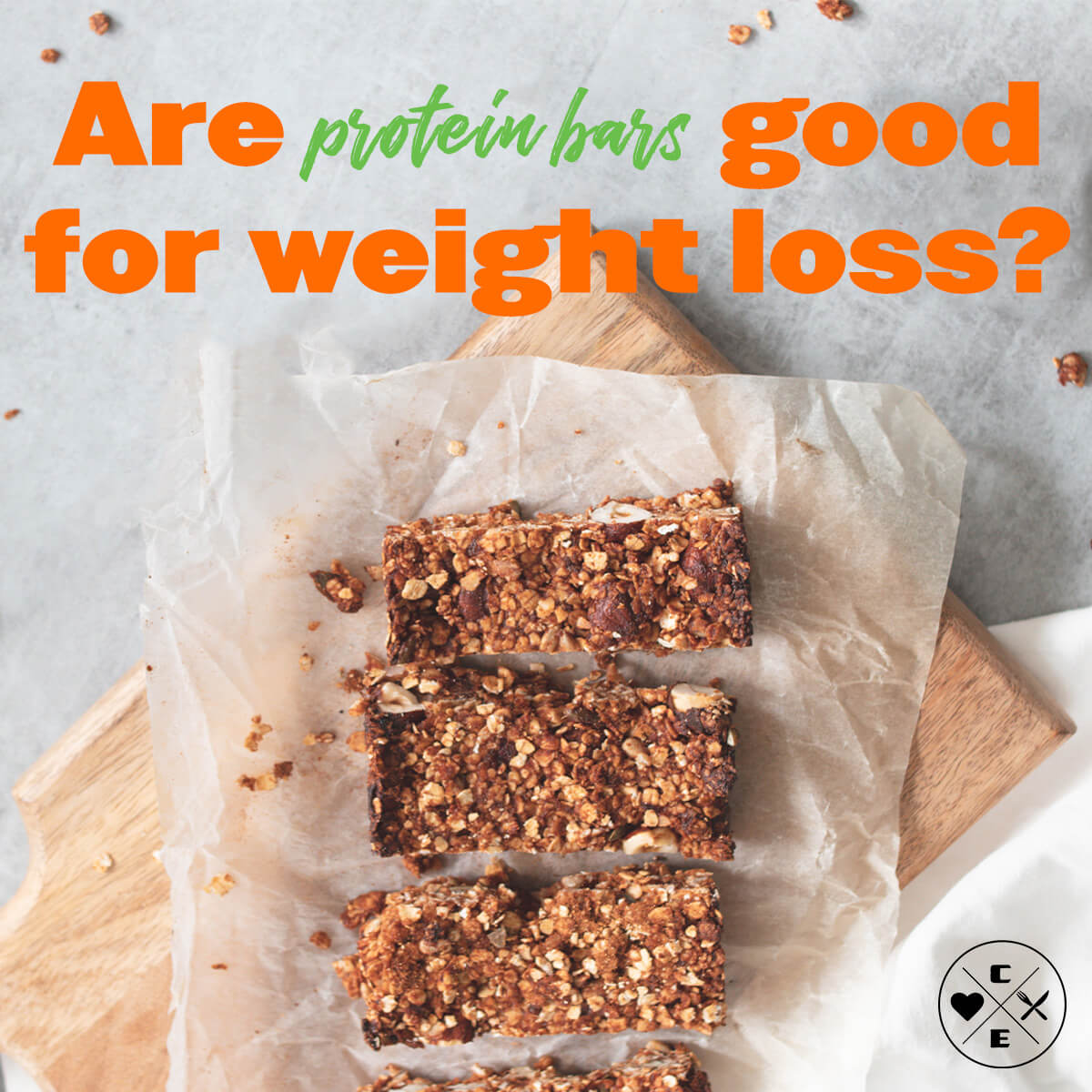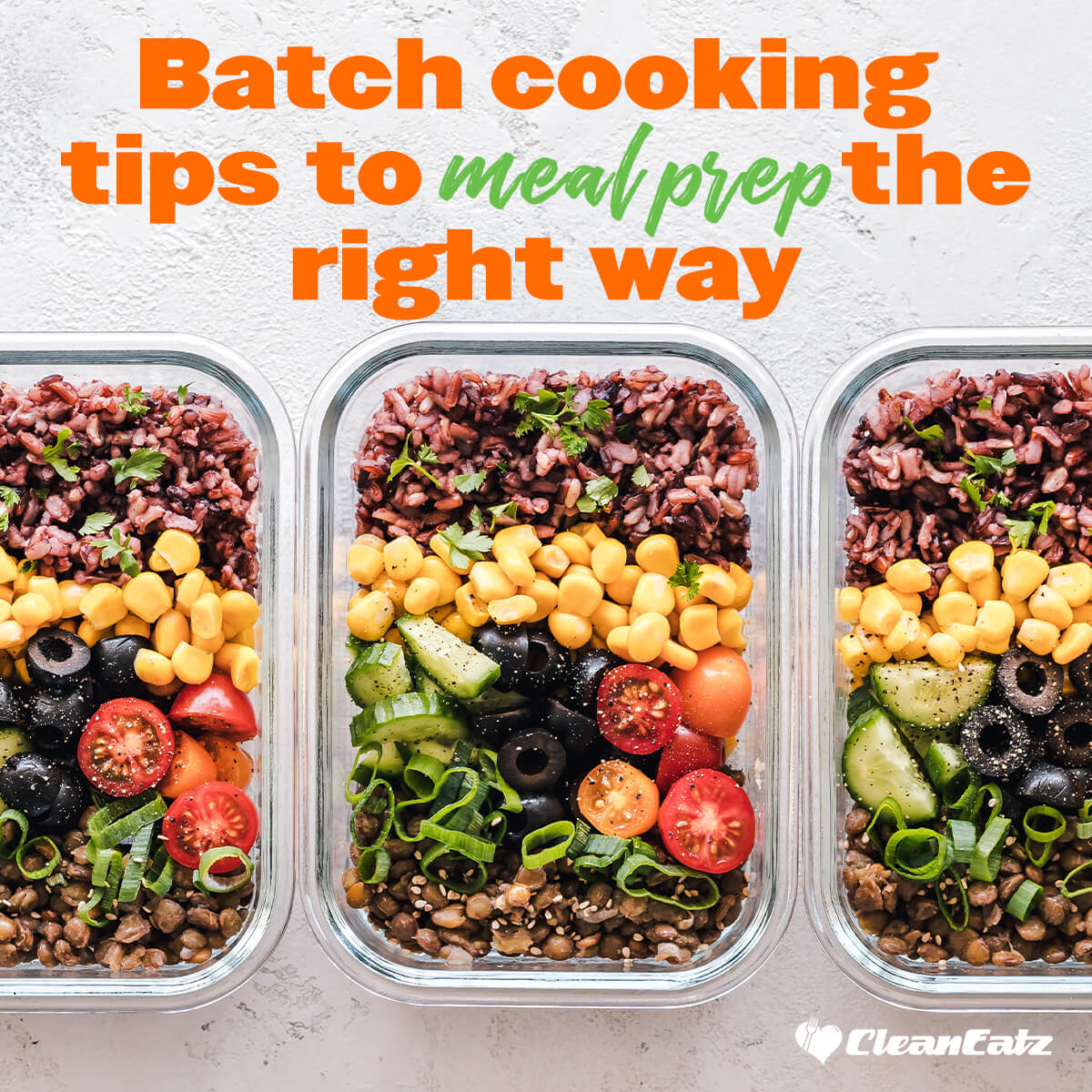
Can I Build Muscle On A Budget?
Jason Nista
Exercises & Fitness
|
Healthy Lifestyle
11 minute read
Can I Build Muscle On A Budget?
Many believe building muscle requires expensive gym memberships, supplements, and fancy equipment. However, the truth is that you can build muscle on a budget with just a few simple changes to your lifestyle and mindset. This article will explore how you can transform your body without breaking the bank.
Why is building muscle important?
Building muscle is not just about looking good or impressing others with your physique. It also has numerous health benefits that can improve your quality of life and even extend your lifespan. Here are some of the reasons why building muscle is essential:
-
Increases metabolism: Muscle tissue burns more calories than fat, so the more muscle you have, the higher your resting metabolic rate will be. This means you will burn more calories even when you're not exercising, which can help with weight management.
-
Improves bone density: Resistance training has been shown to increase bone density, reducing the risk of osteoporosis and fractures, especially in older adults.
-
Enhances insulin sensitivity: Building muscle can improve insulin sensitivity, which is the body's ability to use glucose for energy. This can help prevent or manage type 2 diabetes.
-
Boosts cardiovascular health: Strength training can improve cardiovascular health by reducing blood pressure, decreasing LDL (bad) cholesterol, and increasing HDL (good) cholesterol.
-
Enhances functional capacity: Building muscle can improve your ability to perform daily activities such as carrying groceries, climbing stairs, and playing with your kids or grandkids.
The basics of muscle building
Before diving into the specifics of building muscle on a budget, let's review the basics. Understanding the science behind muscle growth can help you optimize your workouts and make the most of your time and resources.
Explanation of muscle hypertrophy
Muscle hypertrophy is the scientific term for muscle growth, which occurs when the muscle fibers are damaged during exercise and repair themselves by fusing together and forming new muscle protein strands. This process is stimulated by tension and metabolic stress, which can be achieved through resistance training.
There are two types of muscle hypertrophy: sarcoplasmic hypertrophy and myofibrillar hypertrophy. Sarcoplasmic hypertrophy involves an increase in the volume of the fluid and energy stores within the muscle cells, while myofibrillar hypertrophy involves an increase in the number and size of the protein strands that make up the muscle fibers. Both types of hypertrophy can contribute to muscle growth but have slightly different effects on muscle function and appearance.
Importance of progressive overload
To stimulate muscle growth, you must challenge your muscles with progressively heavier weights or more repetitions. This is known as progressive overload, and it's essential for building muscle. If you don't progressively overload your muscles, they will adapt to the stimulus and stop growing.
There are several ways to achieve progressive overload, such as increasing the weight, reps, sets, or frequency of your workouts. It's important to gradually increase the workload to avoid injury and ensure proper form.
Importance of proper nutrition
Muscles need protein to grow and repair, so consuming enough high-quality protein in your diet is important. The recommended daily protein intake for muscle building is around 1 gram per pound of body weight, although this may vary depending on individual factors such as age, sex, and activity level.
In addition to protein, carbohydrates, and fats are also important for energy and recovery. Complex carbohydrates provide sustained energy for workouts, while healthy fats support hormone production and joint health.
Importance of rest and recovery
Muscle growth doesn't happen during workouts but during rest and recovery. It's essential to give your muscles time to rest and repair after a workout, usually 24-48 hours, depending on the intensity and volume of the workout. This allows the muscle fibers to rebuild and adapt to the stimulus, leading to growth.
Proper sleep, hydration, and stress management are also crucial for recovery and overall health. Without adequate rest and recovery, your muscles may become overtrained and injury-prone, which can hinder progress.
Understanding the basics of muscle building can help you optimize your workouts and make the most of your resources. You can build muscle on a budget and achieve your fitness goals by focusing on muscle hypertrophy, progressive overload, proper nutrition, and rest and recovery.
Tips for building muscle on a budget
Building muscle on a budget may seem daunting, but with a little creativity and resourcefulness, it's possible. This section will explore some tips and strategies for building muscle without breaking the bank. From home workouts to cheap gym alternatives to affordable nutrition, we'll cover everything you need to know to build muscle on a budget.
Home workouts
-
Bodyweight exercises: Bodyweight exercises are a great way to build muscle without any equipment or gym membership. Exercises like push-ups, squats, lunges, and planks can be done anywhere and anytime, making them ideal for busy schedules. They're also great for building functional strength and endurance.
-
Resistance bands: Resistance bands are a cheap and portable alternative to weights. They come in different levels of resistance and can be used for a variety of exercises, such as bicep curls, rows, and leg presses. Resistance bands are also lightweight and easy to pack, making them perfect for travel.
-
DIY equipment: You can make your own workout equipment using household items. For example, you can fill water bottles with sand or rocks to make makeshift dumbbells, use a sturdy chair or table for dips and step-ups, or use a backpack filled with books for weighted squats or lunges.
Cheap gym alternatives
-
Community centers: Many community centers offer free or low-cost fitness classes and facilities, such as weight rooms, cardio machines, and indoor tracks. Check with your local community center to see what options are available in your area.
-
Outdoor gyms: Outdoor gyms are becoming increasingly popular in urban areas. These gyms typically have simple, durable equipment that's designed for public use, such as pull-up bars, parallel bars, and balance beams. Some outdoor gyms also have cardio machines and weight equipment.
-
Discount gym memberships: If you prefer a traditional gym setting, look for discount gym memberships or trial periods. Many gyms offer promotions and discounts to new members, or you can try a gym for free for a week or two before committing.
Affordable nutrition
-
High-protein foods: Protein is essential for muscle growth and repair, so it's important to include protein-rich foods in your diet. Good protein sources include chicken, turkey, fish, eggs, dairy, beans, and tofu. These foods are relatively cheap and widely available.
-
Meal planning and prepping: Planning your meals in advance can help you save money and stay on track with your nutrition goals. By buying groceries in bulk and preparing meals ahead of time, you can avoid expensive and unhealthy fast food options. A meal prep service like Clean Eatz Kitchen is another great way to stick to a budget while ensuring you are fueling your body correctly.
-
Supplements to consider: While not necessary, supplements can help support muscle growth and recovery. Whey protein powder, creatine, and beta-alanine are popular supplements among weightlifters and athletes. These supplements are relatively cheap and can be found online or in health food stores.
The importance of motivation
Building muscle on a budget requires more than just physical effort and discipline. It also requires a strong motivation and mindset to overcome obstacles and stay on track. In this section, we'll explore some tips and strategies for developing the motivation and mindset you need to build muscle on a budget.
Importance of setting goals
Setting clear and specific dieting goals is essential for building muscle on a budget. Without a clear goal in mind, it's easy to lose motivation and direction. Your goals should be realistic, achievable, and measurable. For example, instead of saying, "I want to get stronger," you could set a specific goal, such as "I want to be able to do ten pull-ups by the end of the month."
Overcoming obstacles and challenges
Building muscle on a budget can be challenging, especially if you don't have access to fancy equipment or expensive supplements. It's important to identify and overcome the obstacles that may be holding you back. Common obstacles include lack of time, lack of resources, and lack of knowledge. By finding creative solutions and adapting your approach, you can overcome these obstacles and stay on track with your fitness goals.
Finding a support system
Having a support system can make a big difference in your motivation and mindset. Whether it's a workout buddy, a coach, or an online community, having people to share your journey with can provide accountability, encouragement, and motivation. You can also learn from other's experiences and gain new perspectives on building muscle on a budget.
Developing a strong motivation and mindset is crucial for building muscle on a budget. By setting clear goals, overcoming obstacles, and finding a support system, you can stay focused and motivated on your fitness journey. Remember, building muscle on a budget is not just about physical effort and discipline; it's also about developing the right mindset and attitude. You can achieve your fitness goals without breaking the bank with the right mindset and strategies.
Building muscle on a budget may seem challenging, but with the right strategies and mindset, it's definitely achievable. You can achieve your fitness goals without breaking the bank by incorporating home workouts, cheap gym alternatives, affordable nutrition, and a strong motivation and mindset.
There are also resources available that can help you stay on track with your budget and nutrition goals. One fantastic option is Clean Eatz Kitchen, a meal prep and nutrition company that specializes in affordable, healthy meals. Clean Eatz Kitchen offers a variety of meal plans, including muscle-building plans, that are designed to fit your budget and nutrition needs. By using Clean Eatz Kitchen, you can save time and money on meal prep while also ensuring that you're fueling your body with nutritious, muscle-building foods.
Building muscle on a budget requires creativity, resourcefulness, and commitment. You can achieve your fitness goals without breaking the bank by following the tips and strategies outlined in this article and using resources like Clean Eatz Kitchen. Remember, building muscle is not just about looking good; it's also about improving your health and quality of life. With the right approach and mindset, you can build muscle on a budget and enjoy the benefits for years to come.
Frequently Asked Questions
How to gain muscle on a budget?
To gain muscle on a budget, focus on compound exercises that work for multiple muscle groups at once, such as squats, deadlifts, and bench presses. Incorporate resistance bands or DIY equipment as a cost-effective alternative to weights. Additionally, plan your meals in advance and include high-protein foods such as chicken, tuna, eggs, and beans, which are affordable and widely available.
How do I build muscle mass?
To build muscle mass, focus on progressive overload, which means gradually increasing the weight, reps, sets, or frequency of your workouts. This stimulates muscle growth and strength. Also, prioritize compound exercises that work for multiple muscle groups, consume enough high-quality protein, and ensure you get enough rest and recovery time.
What are the best muscle-building protein sources on a budget?
Some of the best protein sources for building muscle on a budget include chicken, turkey, canned tuna, eggs, cottage cheese, Greek yogurt, beans, lentils, and tofu. These foods are generally affordable and widely available.
What is a good muscle-building diet?
An excellent muscle-building diet should be high in protein, complex carbohydrates, and healthy fats. Aim to consume around 1 gram of protein per pound of body weight per day, spread out across several small meals throughout the day. Include whole grains, fruits, and vegetables for fiber, vitamins, and healthy fats like nuts, seeds, and avocado for energy and recovery.
How to build muscle for 8 dollars a day?
To build muscle for 8 dollars a day, focus on bodyweight exercises, resistance bands, and cheap gym alternatives like community centers or outdoor gyms. Plan your meals in advance and buy in bulk to save money on high-protein foods like chicken, eggs, beans, and lentils. Additionally, consider using affordable supplements like whey protein powder or creatine to support muscle growth and recovery.
Related Articles
Are Protein Bars Good for Weight Loss?
9 minute read
What is Batch Cooking? Benefits of Batch Cooking
9 minute read



